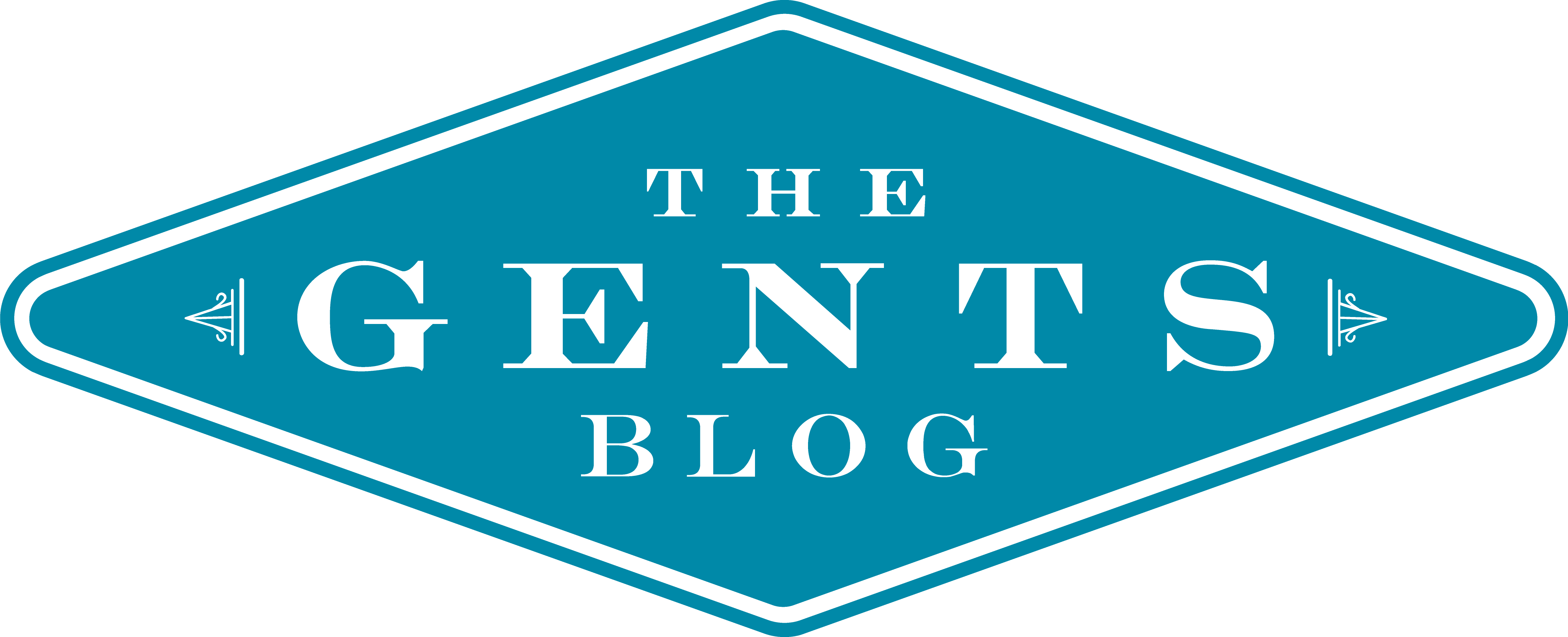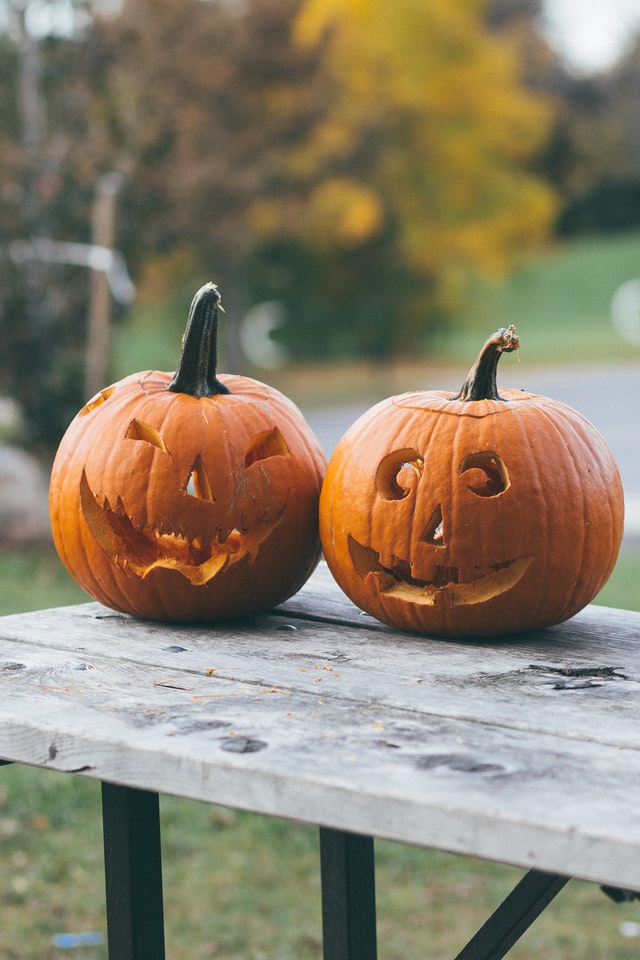Many Americans don’t realize that when they are celebrating Halloween they are participating in a holiday that has undergone a lot of changes from its origins, but has some still-recognizable roots, if you look closely enough. To find out how we got to costumes, trick-or-treating, and carving pumpkins, you have to go back to the 8th century.
All Hallows’ Eve
Sometime in the 9th century Emperor Louis the Pious made All Saints Day, November 1, a holy day of obligation. The feast had already been in use for some time before, but its adoption in the Holy Roman Empire led to its spread among other nations and before long, October 31st became known as “All Hallows Eve,” i.e. the eve before “All Holy” day.
This time of the year also coincided with an older Celtic festival known as Samhain (pronounced “so-ween”) in which people lit giant fires to burn bones (bone fires became “bonfires”) in sacrifice to their deities. The families would then relight their hearth fires from these large bonfires.
The Celtic new year was November 1, so Samhain was a harvest festival but also a time in which it was thought that the living and the dead met in the changing of the seasons.
As has happened with many holidays over time, traditions overlapped and merged and then morphed as they crossed the ocean from Europe to America.
Costumes
Originally people dressed up as saints to commemorate All-Saints Day and given the fact that some of the saints were martyred in particularly grisly fashion, some of those costumes probably paid homage to that. But over time, the young people preferred to just scare their neighbors, it seems, and costumes got more ghoulish and less saintly.
Masks were a carryover from pagan beliefs that ghosts wandered around and could harm you and so people put on masks so that the ghosts wouldn’t recognize them!
Trick or Treat
A century after All Saints Day became more widely celebrated All Souls Day was established as a day to pray for all ancestors who had passed on and might be suffering in Purgatory. Poor people would go from door to door during these days and ask for food and would be given “soul cakes” with the understanding that the poor would then pray for their benefactors’ dead relatives. These cakes were usually filled with allspice, nutmeg, cinnamon, ginger, raisins, or currants, and were marked with a cross on top to signify them as alms/gifts and not as an item for sale.
Somehow over time this practice of kindness towards our neighbors changed into people deliberately playing pranks on their neighbors and/or destroying property. In the nineteen-teens a frustrated Kansas mother, tired of having her garden destroyed every year, offered to host a large party to distract the would-be vandals from their “tricks.” The first year wasn’t a big success but by the second year she had caught a wave present in various communities of sanitizing Halloween and making it more of the pumpkin-infused candy fest that Americans know it as today. 25% of all candy sold in the United States is for Halloween.
Jack-O-Lanterns
Pumpkin carving is a tradition that many families enjoy and it actually dates from a legend of a ne’er do well named Stingy Jack. The story has many variations, but in one version Jack managed to trap the devil in a tree one day by carving a cross into the bark. In exchange for helping the devil come down, he extracted the promise that the devil would never claim his soul. The bargain concluded, Jack proceeded to act like a jerk for the rest of his life and, unrepentant, he couldn’t be admitted into heaven. Needing a place to rest, he thought of his old friend the devil, but the devil couldn’t be bothered and even threw a piece of coal at Jack for his troubles.
Jack then put that piece of coal inside a large turnip and has been using it as a lantern, roaming the world ever since, looking for a place to rest.
The use of the turnip, popular in Europe, morphed into using the native-to-America pumpkin and that’s how (and why) those pumpkins adorn so many porches this time of year.
Which Halloween tradition do you observe that we didn’t mention here? Tell us in the comments.



